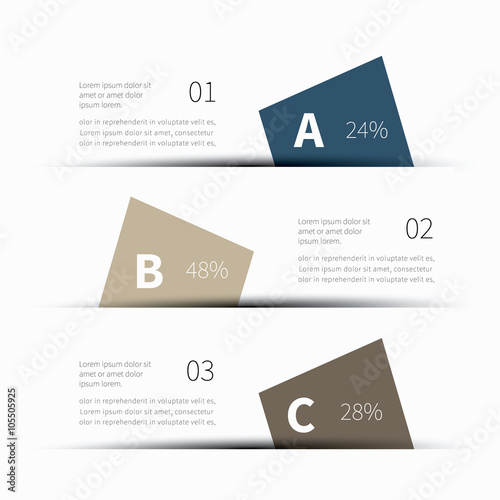How To Budget For Your Flooring Job: A Practical Overview
How To Budget For Your Flooring Job: A Practical Overview
Blog Article
Created By-Rosario Axelsen
When you're preparing a floor covering task, budgeting isn't just about choosing a number; it's about comprehending what you truly require and the costs included. You'll want to assess your certain demands, study different materials, and prepare for unanticipated costs. Consider exactly how variables like space purpose and installment approaches can affect your budget plan. However before you jump in, there are some essential details you could neglect that can considerably influence your total costs. Let's check out how to navigate these complexities and ensure your job stays on track.
Assessing Your Floor Covering Needs
Before diving into your floor covering job, it's vital to assess your flooring needs. Beginning by thinking about the details locations where you prepare to mount brand-new flooring. Think about the purpose of each room. As an example, kitchens and bathrooms call for waterproof products, while living locations might benefit from convenience and aesthetics.
Next, assess the existing conditions of your floors. Are there any architectural problems, such as uneven surfaces or moisture problems? Dealing with these issues at an early stage can save you money and time down the line.
Additionally, remember of the dimensions of each room to determine just how much flooring you'll require.
Do not neglect to consider your lifestyle. If you have animals or young children, longevity may be your top concern, while a much more formal room might ask for an elegant coating. Furthermore, think about simply click the up coming post . Do you choose a traditional appearance, or are you drawn to modern styles?
Lastly, be reasonable about how much maintenance you're willing to devote to. Some products require more maintenance than others. By recognizing your requirements plainly, you'll be much better equipped to make informed choices as you progress with your floor covering job.
Estimating Prices and Products
Approximating prices and materials is a critical step in your flooring project that can considerably influence your general budget. Begin by gauging your area accurately to establish how much flooring you'll need. For most materials, you'll locate pricing by square foot, so gather quotes from different providers to obtain a reasonable figure.
Next, consider the type of flooring you desire. Options like wood, laminate, floor tile, or carpeting all included different price factors. outdoor concrete epoxy for each and every and consider any type of added products like underlayment, sticky, or transition strips.
Do not fail to remember to include tools if you're planning a do it yourself setup, as renting or purchasing devices can add to your expenses.
Labor prices are an additional vital consideration. If you're employing experts, get estimates from multiple professionals to guarantee you're getting a fair rate. Be clear concerning the range of job to prevent unexpected charges later on.
Lastly, it's a good idea to allot a small portion of your allocate any kind of unexpected prices connected to products. By thoroughly estimating your expenses and materials ahead of time, you'll establish yourself up for a smoother and more workable flooring job.
Planning for Hidden Expenses
Many property owners ignore the concealed expenses that can develop throughout a floor covering job, which can cause budget overruns. To avoid this, you need to prepare for possible additional costs.
Initially, think about the condition of your existing subfloor. If it's harmed or irregular, you'll likely need repair services or leveling, which can add considerably to your overall expenditure.
Next, consider removal and disposal charges for your old floor covering. Numerous contractors bill added for this service, so element that right into your budget plan.
Furthermore, don't forget the prices of underlayment, which might not be consisted of in the initial quote however are vital for an effective installment.
You need to also plan for unexpected problems, such as plumbing or electrical work if your floor covering task entails moving components. It's smart to set aside at the very least 10-15% of your overall budget for these unforeseen costs.
Finally, bear in mind that licenses may be required for certain installments. Constantly examine local laws to avoid fines or hold-ups.
Conclusion
To conclude, budgeting for your flooring project is essential for a successful end result. By analyzing your demands, approximating prices, and planning for surprise expenses, you'll prevent shocks and remain on track. Remember to reserve a section of your allocate unexpected expenses and keep a thorough failure of your expenditures. With careful preparation and factor to consider, you'll produce a stunning area that fulfills your needs without breaking the bank. Pleased floor covering!
